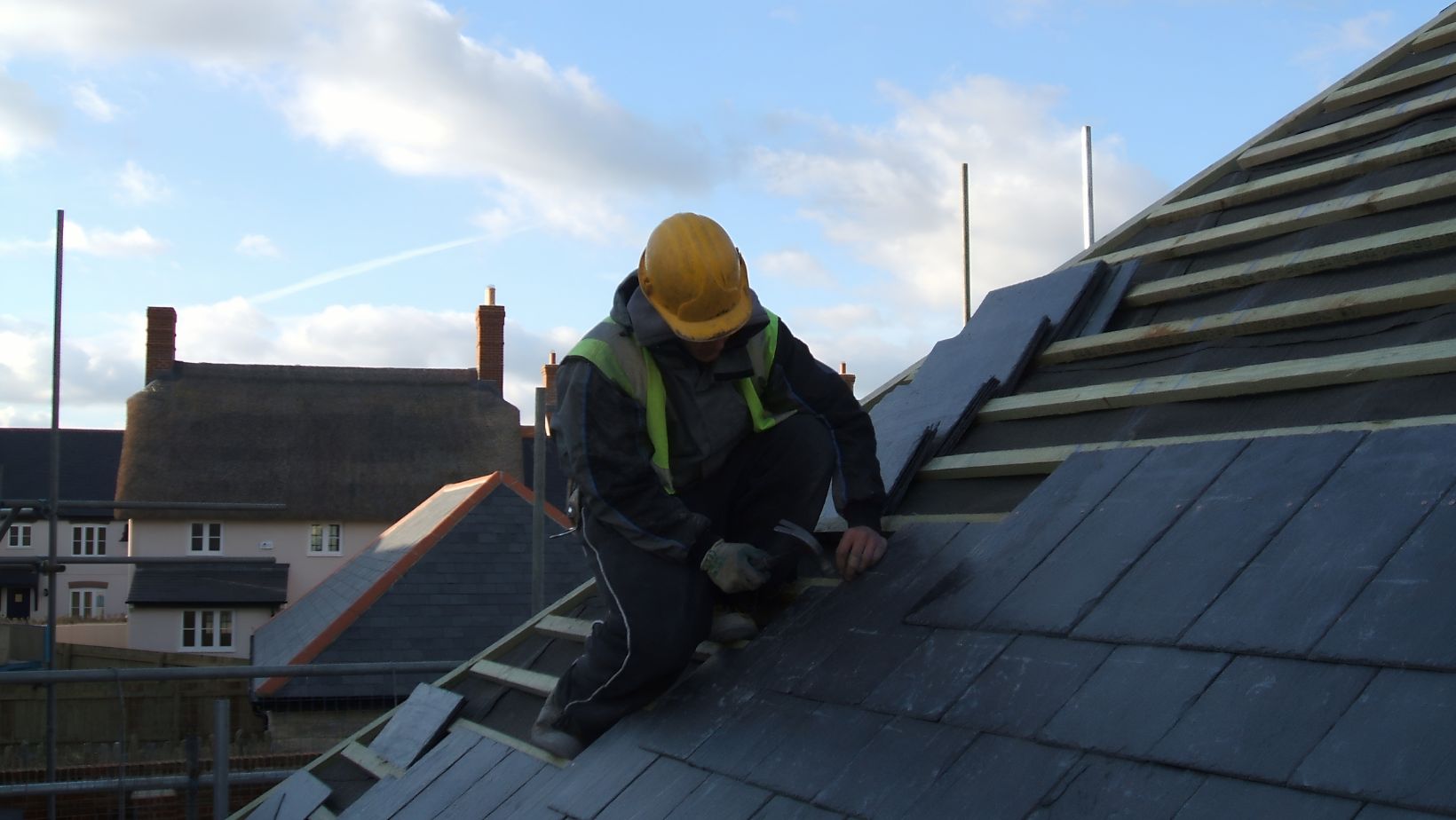
When it comes to metal building projects, insulation is a critical consideration that can significantly impact energy efficiency, comfort, and overall building performance. While many property owners focus on insulating walls and floors, the roof often becomes an afterthought. However, insulating just the roof can be a viable option in certain scenarios. In this article, we’ll explore the pros and cons of this approach, helping you make an informed decision for your metal building project.
Understanding Roof Insulation
Before diving into the advantages and disadvantages, it’s essential to understand what roof insulation entails. Roof insulation involves adding materials to the roof structure to reduce heat transfer, thereby maintaining a stable indoor temperature. This is particularly important in metal buildings, which can experience significant temperature fluctuations due to their material properties.
What Happens If You Insulate Only the Roof?
Insulating only the roof can lead to various outcomes, both positive and negative. For instance, it can help reduce heat gain in the summer and heat loss in the winter, leading to lower energy bills. However, it may also create issues with moisture accumulation and condensation if not done correctly. To delve deeper into the implications of this approach, you can read more about what happens if you insulate only the roof by clicking the link.
Pros of Insulating Just the Roof
Cost-Effectiveness
One of the most significant advantages of insulating only the roof is cost savings. Roof insulation can be less expensive than insulating the entire building, especially if you are working within a tight budget. By focusing your resources on the roof, you can achieve a substantial reduction in energy costs without the financial burden of comprehensive insulation.
Simplicity of Installation
Insulating the roof can be a more straightforward process compared to insulating walls and floors. The roof is often more accessible, allowing for easier installation of insulation materials. This simplicity can lead to reduced labor costs and a quicker project timeline, making it an attractive option for many builders.
Enhanced Energy Efficiency
A well-insulated roof can significantly improve a building’s energy efficiency. By preventing heat from escaping in the winter and keeping it out in the summer, you can create a more comfortable indoor environment. This is particularly beneficial in regions with extreme temperatures, where energy costs can skyrocket.
Improved Indoor Comfort
Insulating the roof can lead to a more stable indoor climate. Without proper insulation, metal buildings can become uncomfortably hot in the summer and frigid in the winter. By focusing on the roof, you can mitigate these temperature swings, enhancing the overall comfort of the space.
Cons of Insulating Just the Roof
Potential for Moisture Issues
One of the most significant drawbacks of insulating only the roof is the potential for moisture problems. If the walls and floors remain uninsulated, warm air can rise and condense on the cooler roof surface, leading to moisture accumulation. This can result in mold growth, structural damage, and a host of other issues. Proper ventilation and moisture barriers are crucial to mitigate these risks.
Limited Thermal Performance
While insulating the roof can improve energy efficiency, it may not be sufficient on its own. If the walls and floors are not insulated, heat can still escape through these areas, limiting the overall thermal performance of the building. This can lead to uneven temperatures and increased energy consumption, negating some of the benefits of roof insulation.
Noise Considerations
Metal buildings can be noisy, especially during rain or hail. Insulating only the roof may not adequately address sound transmission through the walls and floors. If noise reduction is a priority for your project, a more comprehensive insulation approach may be necessary.
Aesthetic Limitations
Insulating just the roof can also have aesthetic implications. Depending on the insulation material used, it may alter the appearance of the building’s interior. If aesthetics are a concern, you may want to consider a more holistic approach to insulation that addresses all surfaces.
Making the Right Choice
Deciding whether to insulate just the roof of your metal building requires careful consideration of your specific needs and circumstances. Here are some factors to keep in mind:
- Climate: In regions with extreme temperatures, comprehensive insulation may be necessary to achieve optimal energy efficiency.
- Building Use: Consider how the building will be used. If it will house sensitive equipment or be occupied frequently, a more thorough insulation strategy may be warranted.
- Budget: Assess your budget and determine whether you can afford a full insulation package or if a roof-only approach is more feasible.
Conclusion
Insulating just the roof of a metal building can offer several advantages, including cost savings, ease of installation, and improved energy efficiency. However, it also comes with potential drawbacks, such as moisture issues and limited thermal performance. Ultimately, the decision should be based on a thorough assessment of your specific project requirements, climate conditions, and budget constraints. By weighing the pros and cons, you can make an informed choice that enhances the performance and comfort of your metal building.







